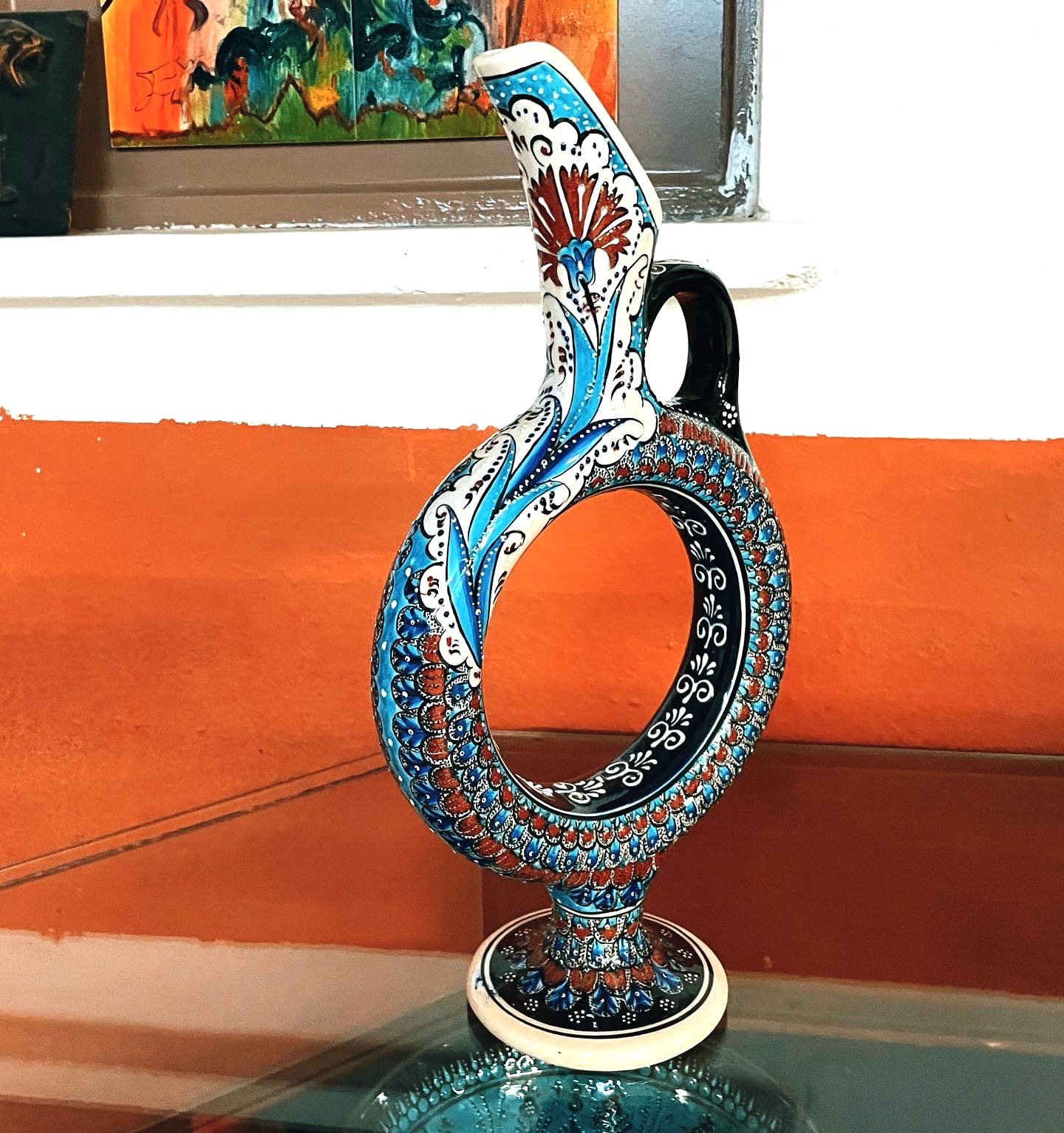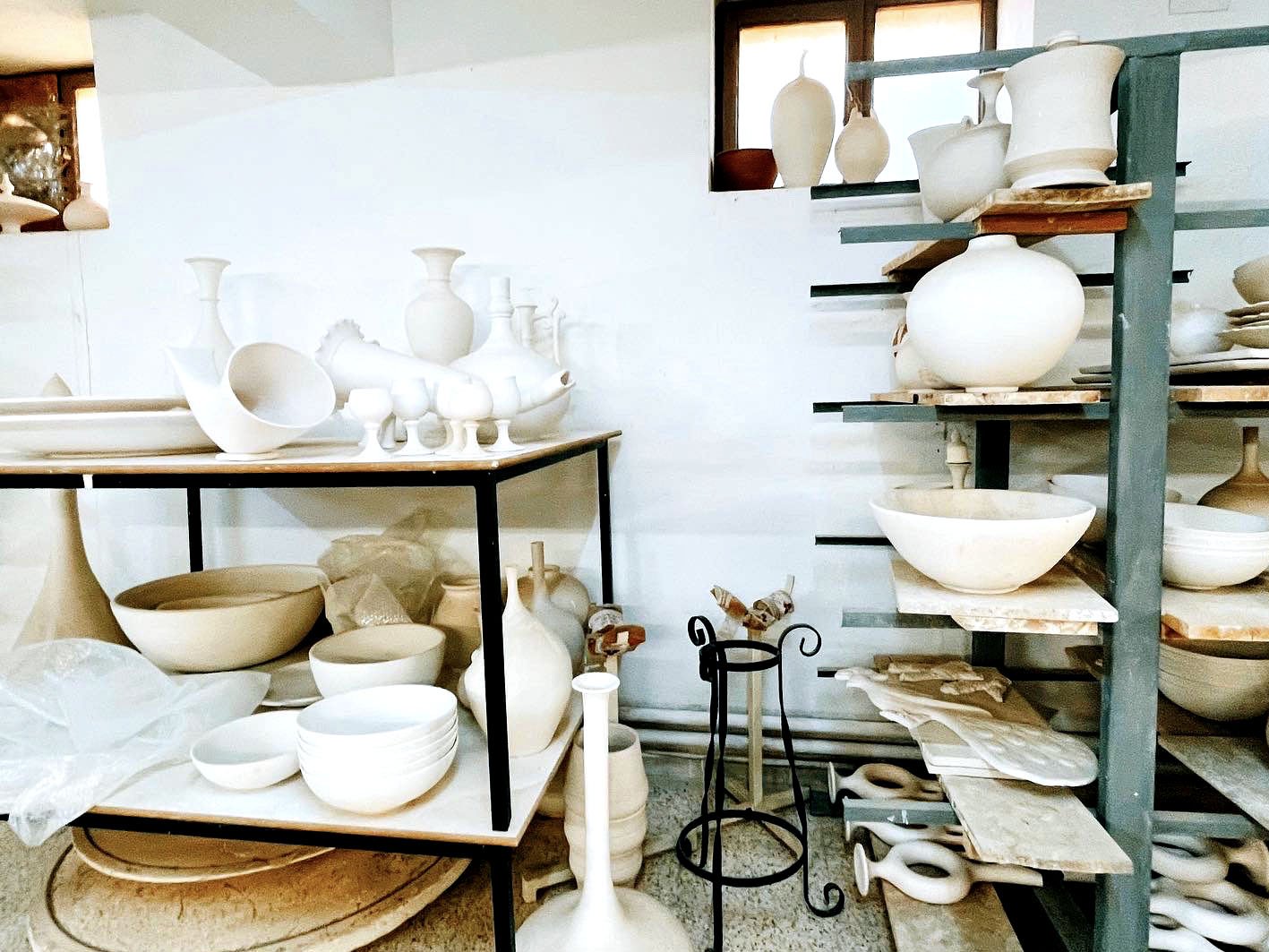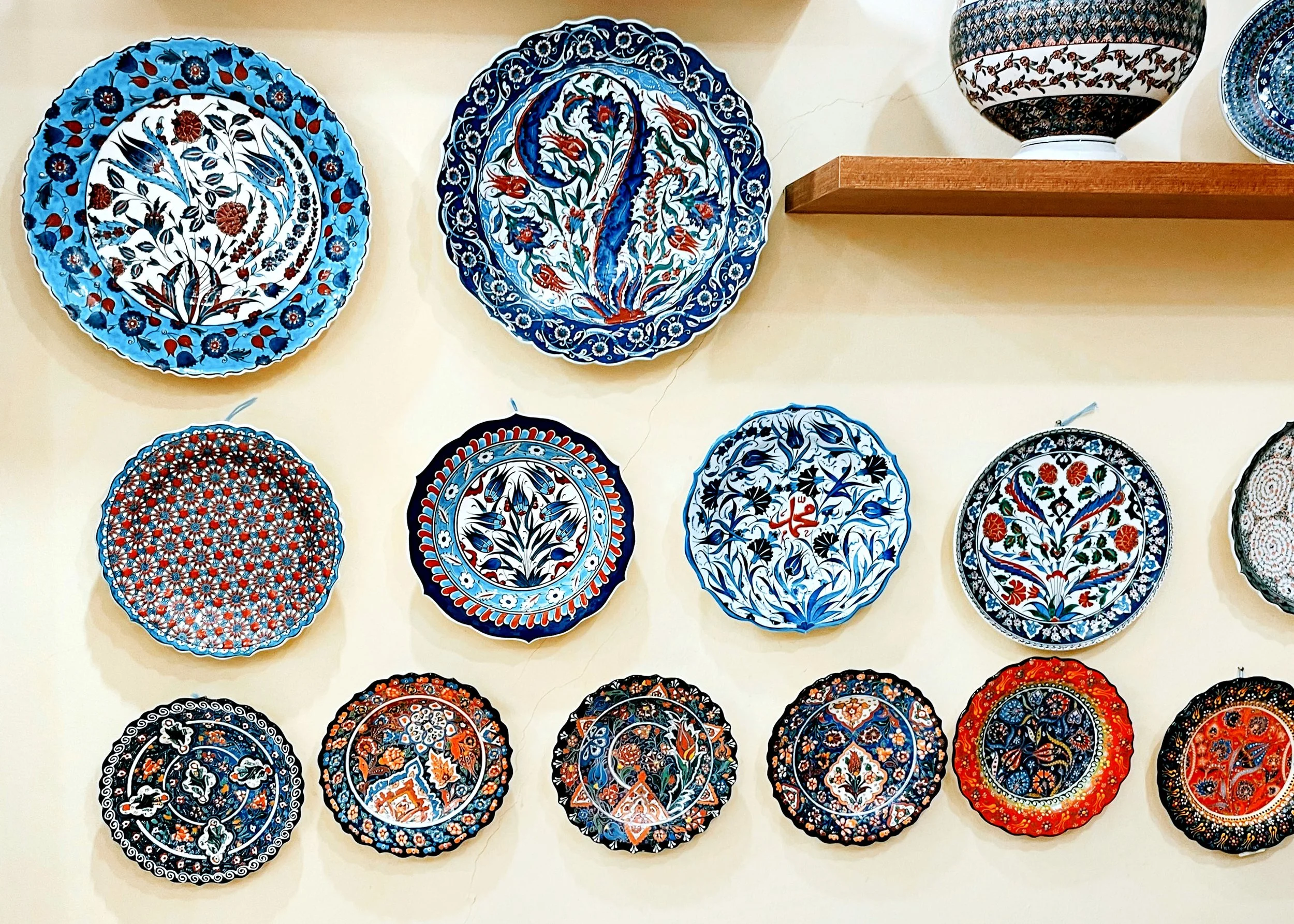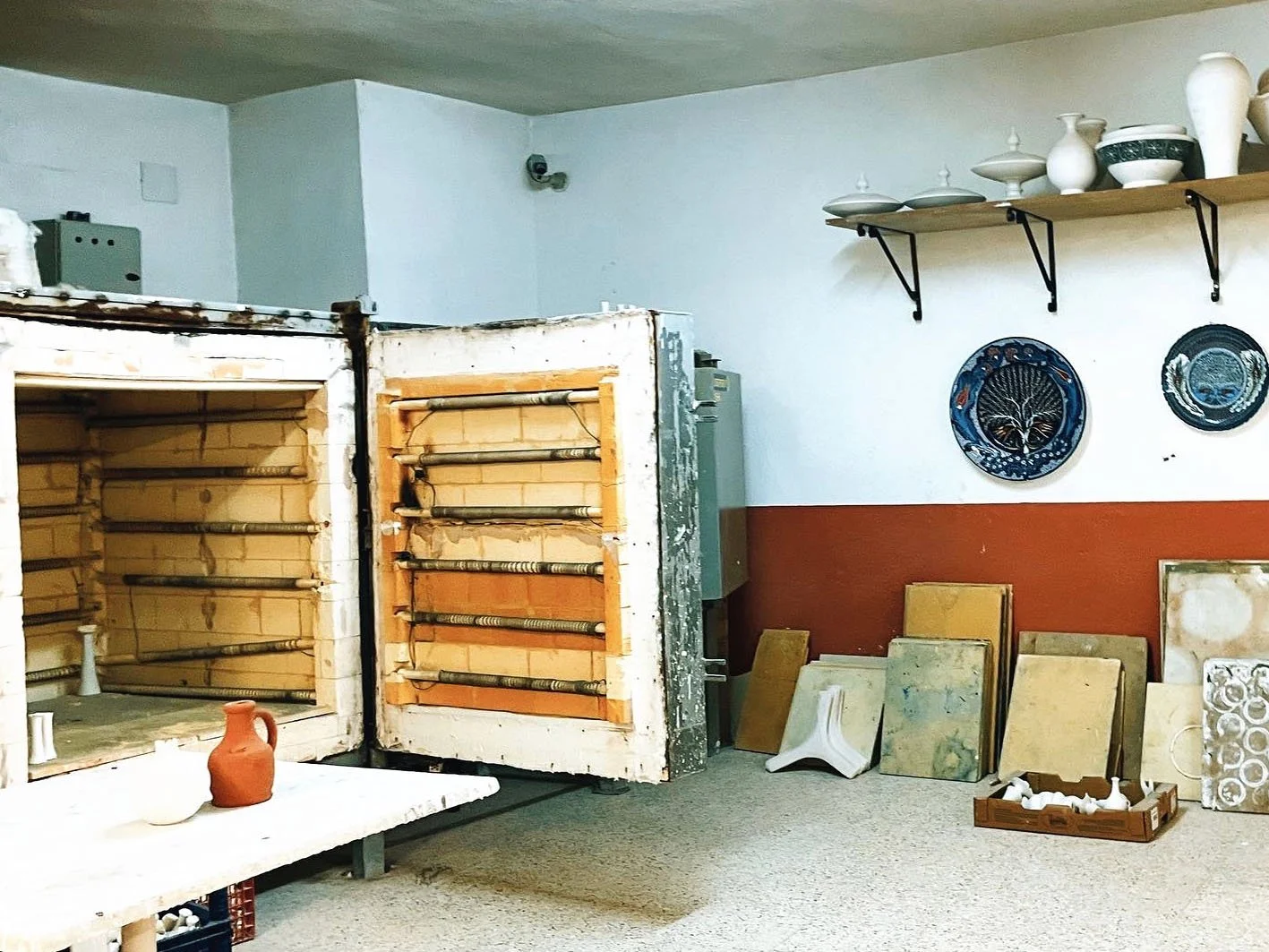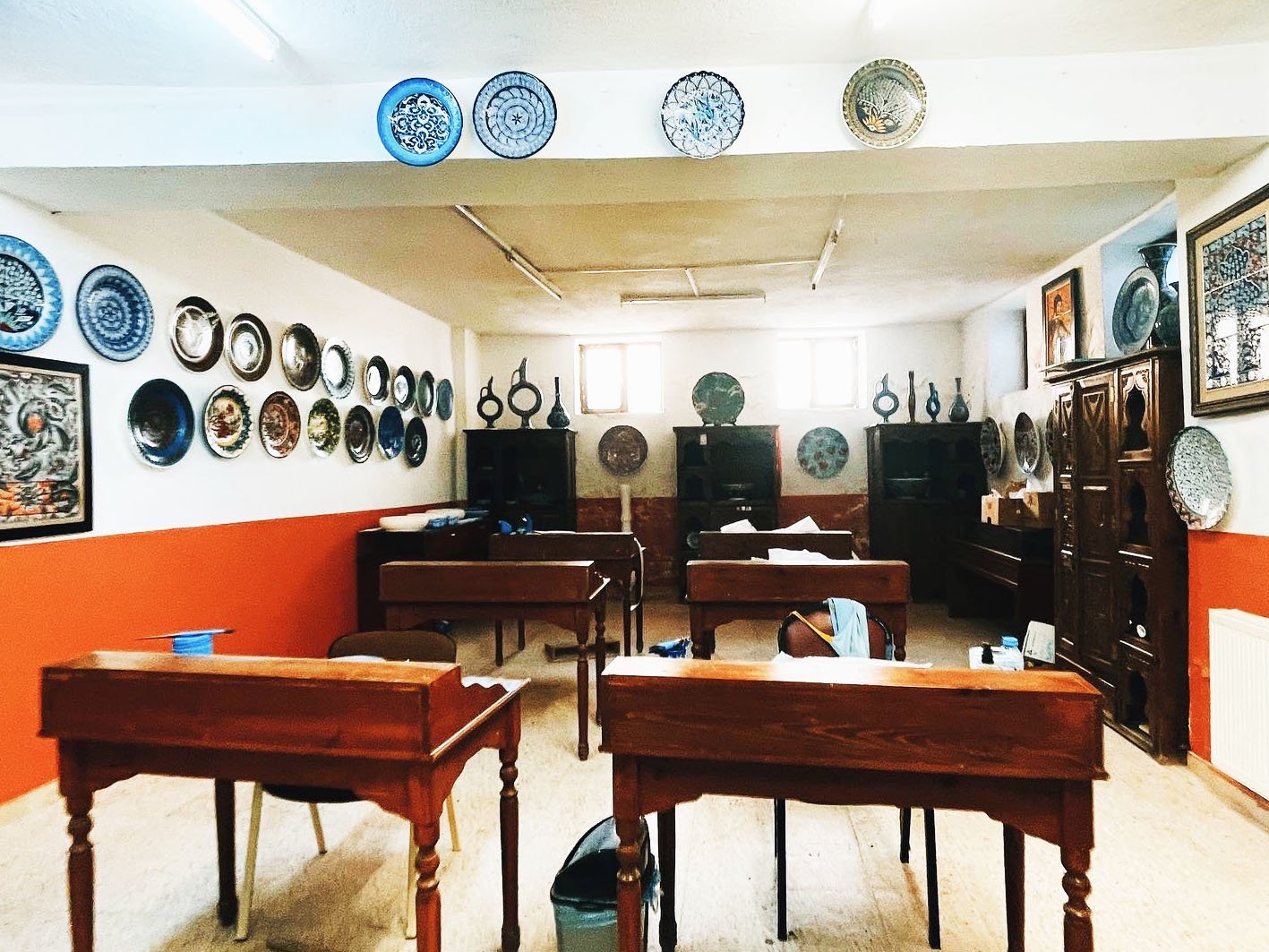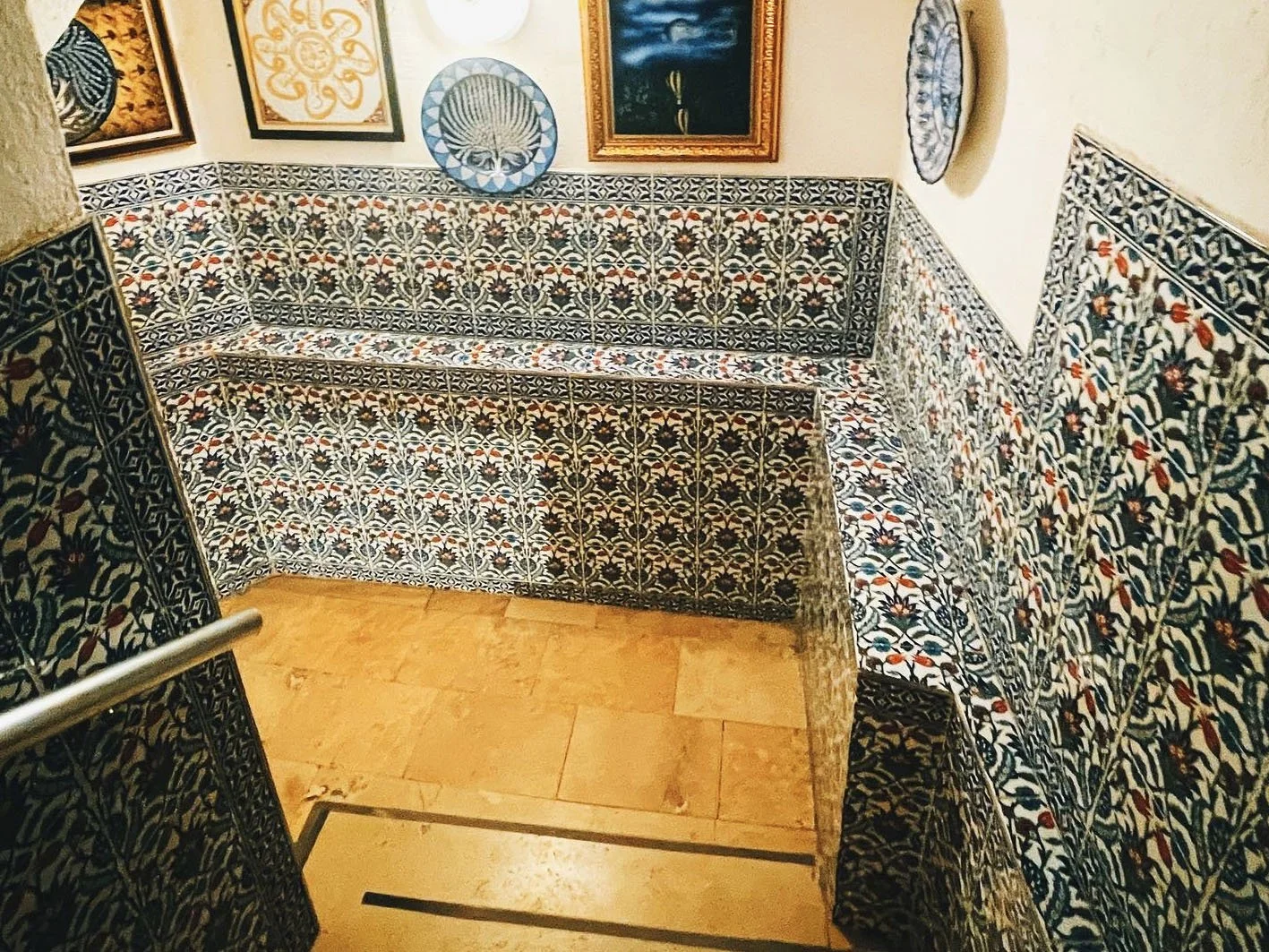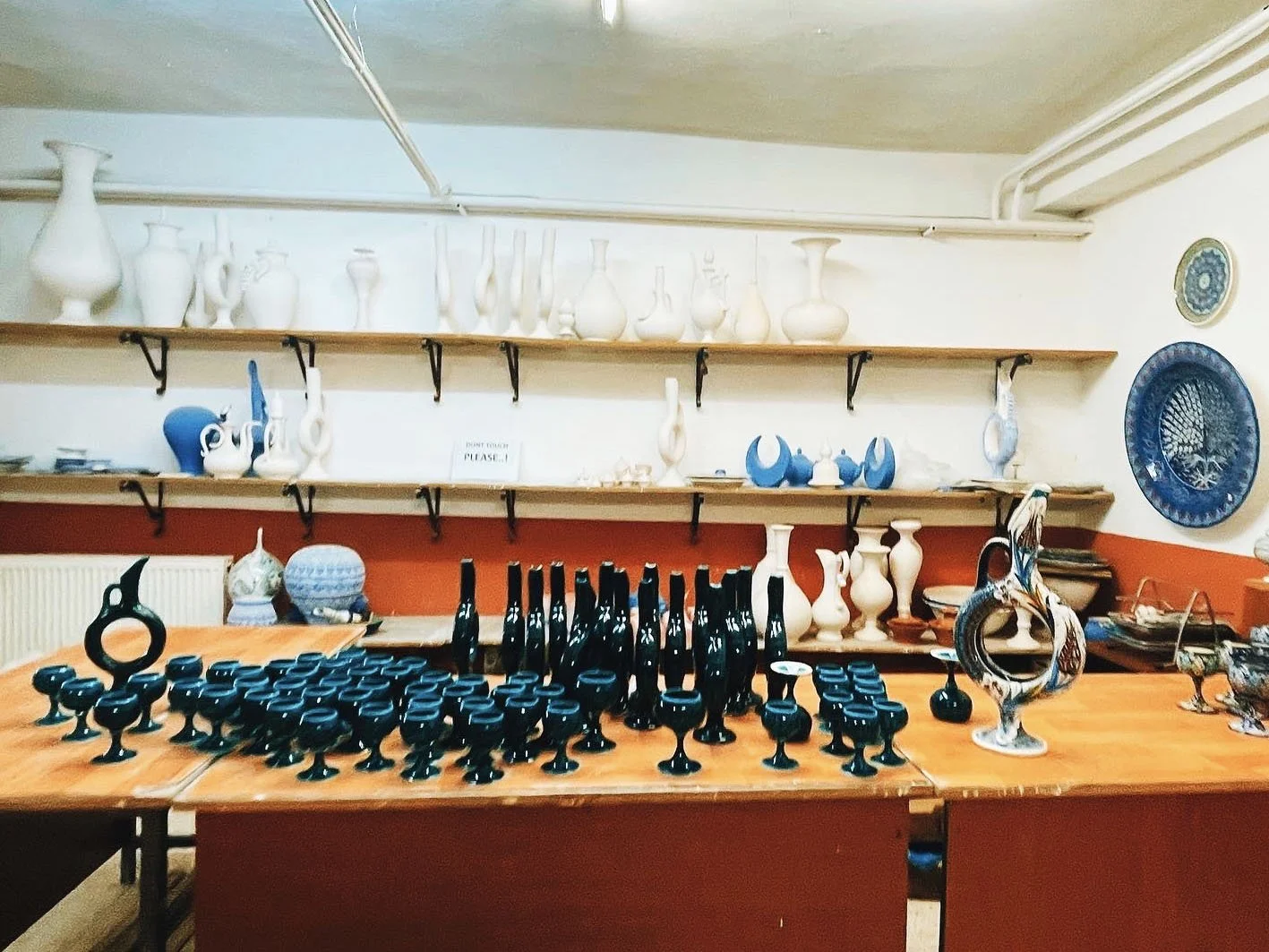Avanos, Turkey
Avanos, Turkey
August 2022
Last year, I had the incredible opportunity to visit Venessa Seramik & Pottery, a renowned ceramics and pottery workshop located in Avanos, Turkey during my annual backpacking after 3 years COVID hiatus. Avanos, nestled in the heart of Cappadocia, is famous for its unique geological features and the artisans who have perfected the art of pottery over generations. The red clay, known as "Avanos clay" or "terra cotta," has exceptional qualities that make it highly suitable for pottery-making. It is easy to mold, resistant to heat, and has excellent durability once fired.
All Rights Reserved ⓒ Photos by Nani P
The History
I learned that Turkey has a rich history of ceramics, with the art dating back to the 8th century when the Seljuk Turks brought it to the region. The Ottomans further developed the art of ceramics, creating intricate designs and motifs on tiles and pottery.
Avanos, Turkey
Avanos, located in central Turkey's Cappadocia region, has a rich history of ceramic craftsmanship, with its rich clay deposits and proximity to the Kızılırmak River. The town's tradition of pottery-making dates back thousands of years to the Hittite civilization, making it one of the oldest centers of pottery production in the world. Avanos has become renowned worldwide for its ceramic craftsmanship, attracting visitors who are interested in experiencing the traditional pottery-making process and acquiring unique handcrafted pieces. The town is home to numerous pottery workshops and studios where visitors can observe artisans at work, participate in pottery classes, and purchase handmade ceramic wine jugs and other pottery items as souvenirs.
Turkish Ceramic Jug
During my visit, I had the privilege of witnessing the skilled craftsmen at Venessa Seramik create traditional ceramic jugs, also known as “carafe” in Turkish, is a distinctive aspect of Avanos's pottery tradition. These jugs are handcrafted by skilled artisans using traditional techniques passed down through generations. The process typically begins with the extraction of clay from the local riverbanks. Once the clay is collected, it is soaked in water and purified to remove impurities. The clay is then mixed with water to achieve the desired consistency for molding. Using a potter's wheel, the artisans shape the clay into the desired form of a wine jug, carefully molding and sculpting the body, neck, and spout.
After the initial shaping, the wine jugs are left to dry partially before undergoing further refinement. The artisans use various tools to refine the shape, smoothen the surface, and add decorative details. Intricate patterns, motifs, and symbols are often carved or painted onto the jugs, showcasing the creativity and artistic expression of the craftsmen. Once the wine jugs are fully dried, they are ready for the firing process. Traditionally, pottery in Avanos was fired in wood-fired kilns, which added a distinct character and color to the final product. Nowadays, both traditional wood-fired kilns and modern gas-fired kilns are used for firing.
During the firing process, the wine jugs are subjected to high temperatures, typically ranging from 900 to 1,200 degrees Celsius (1,650 to 2,200 degrees Fahrenheit), depending on the type of kiln used. This firing transforms the clay into a durable and waterproof material, suitable for holding wine and other liquids.
The result is a unique and beautifully handcrafted ceramic wine jug that showcases the artisan's skill, creativity, and the cultural heritage of Avanos. These jugs are not only functional vessels for storing and serving wine but also works of art that reflect the cultural identity and traditions of the region.
Exploring the Studio
After being captivated by the workshop demonstrations, I made my way to the studio, where the true magic of ceramic artistry unfolded. The walls were adorned with countless ceramic masterpieces, showcasing a fusion of tradition and innovation. As I walked through the studio, I marveled at the wide array of colors, patterns, and designs adorning the ceramic pieces. In the corner of the studio, I discovered a group of local ceramicists meticulously painting intricate patterns on ceramic pieces using traditional techniques.
One of the highlights of the visit was watching the artists create the intricate designs that are so characteristic of Turkish ceramics. They used a special tool called a "nail" to create the patterns, and the precision and skill involved were truly impressive.I also learned about the different types of ceramics produced in Turkey, such as Iznik pottery, which is known for its vibrant colors and floral designs, and Kutahya pottery, which features intricate geometrical patterns.
The Showroom
At last, our tour came to an end within the exhibition space. These exquisite creations were meticulously handcrafted by acclaimed ceramic artists from Turkey. Among the assortment, numerous pieces showcased Hittite aesthetics, while others highlighted the artistic expressions of the Ottoman Empire and Islamic traditions.
All Rights Reserved ⓒ Photos by Nani P
Links: Venessa Seramik & Pottery, Avanos, Turkey




